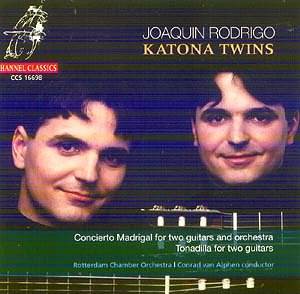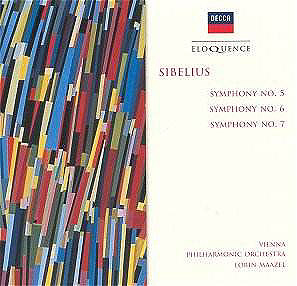 Composer: Richard Wagner
Composer: Richard Wagner
Works: Götterdämmerung
Performers: Alan Woodrow (Siegfried), Eva Silberbauer (Brunhilde), Herbert Adami (Gunther), Duccio dal Monte (Hagen), Gertrud Ottenthal (Gutrune), Ewa Polak (Waltraute), Andrea Martin (Alberich), Julia Oesch (1st Norn), Sabine Willeit (2nd Norn), Eva Maria Tersson (3rd Norn), Hiroko Kouda (Woglinde), Junko Saito (Wellgunde), Taeka Hino (Flosshilde)
Recording: Recorded live at the Tiroler Festspiele, Erl, Austria on July 15 & 22, 2000
Label: Arte Nova
Richard Wagner’s Götterdämmerung, the final installment of the monumental Ring cycle, is a work steeped in mythological resonance and musical complexity. It serves as both culmination and denouement of the grand narrative that Wagner meticulously crafted over years, and this live recording conducted by Gustav Kühn presents an interesting case study of interpretation within a budgetary context. While the need for accessible recordings of Wagner’s masterworks is undeniable, this performance, part of a bargain-priced cycle, raises questions about fidelity to the composer’s vision and the overall dramatic integrity of the work.
Kühn’s conducting in this recording exhibits a pronounced emphasis on brisk tempos, a choice that can invigorate the music at moments yet often diminishes the inherent depth of Wagner’s score. The overall pacing is arguably the fastest on record, eclipsing even Pierre Boulez’s interpretation. While such rapidity can heighten tension, particularly in the lead-up to Siegfried’s entrance in Act I, it frequently sacrifices the reflective passages essential for the opera’s emotional weight. For instance, during the pivotal “Hagen’s Watch” scene in Act II, the swift tempo reduces Alberich and Hagen’s exchange—a moment teeming with psychological nuance—to mere haste, stripping away the atmospheric dread that Wagner so masterfully wove into his writing.
The orchestra, composed of the festival’s resident ensemble, delivers a commendable performance given the constraints typical of live recordings. However, they do not possess the “saturation tone” that a work of this gravity demands. The sound quality, while adequate, lacks the richness and fullness found in recordings by the Vienna Philharmonic or the Bayreuth Festival orchestra. The ensemble’s technical execution is satisfactory, yet the absence of a lush, cohesive soundscape detracts from the overall experience.
Among the singers, Alan Woodrow as Siegfried stands out, exhibiting a stamina that is crucial for this demanding role. His portrayal is compelling, particularly in the lyrical Narration of Act III, which offers a glimpse of his potential for greater interpretive depth. Conversely, Eva Silberbauer’s Brunhilde presents challenges; her voice lacks the requisite foundation, leading to struggles during climactic moments like the Immolation Scene. The pairing with Ewa Polak as Waltraute, while dramatic in intent, suffers from a mismatch in vocal strength, with Polak’s timbre suggesting more of a maternal figure than a sister, thereby undermining the scene’s emotional resonance.
The technical aspects of this production reveal a few common pitfalls of live recordings, including occasional stage noise that can distract, particularly when singers move away from the microphones. This issue, however, is less pronounced than the interpretive shortcomings of the cast, which, while competent, do not rise to the level of the great Wagnerian traditions. The absence of an English translation in the booklet further diminishes accessibility, potentially alienating listeners who would benefit from a deeper understanding of the libretto.
Wagner’s music, with its intricate interplay of motifs and themes, deserves a treatment that transcends mere affordability. While this recording may satisfy the curiosity of budget-conscious Wagner enthusiasts or those collecting Kühn’s cycle, it ultimately lacks the depth, richness, and interpretive insight that a work of this magnitude demands. The recording stands as a testament to the challenges of live performance, yet it also underscores the necessity for a greater commitment to the quality and fidelity of Wagner’s artistic vision.



